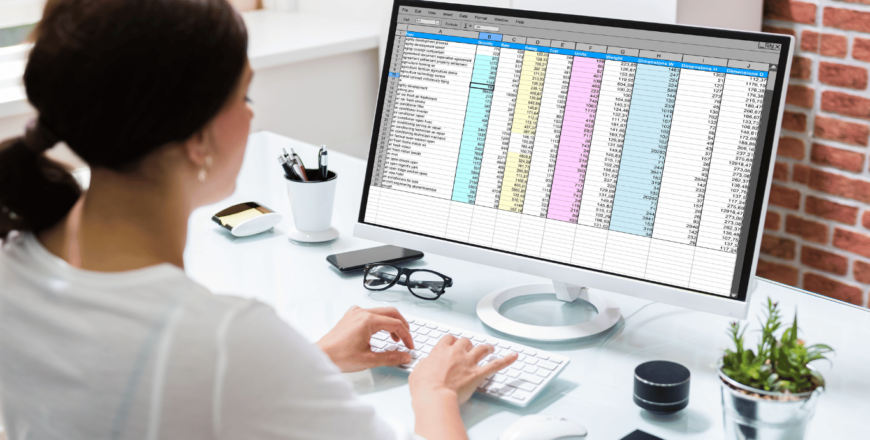Excel for Beginners

Excel is a spreadsheet program i.e.; it contains rows and columns. It was created by Microsoft to work with data and make information easier to view for data analysts and other users. Excel is used to organize, calculate and format the data into meaningful categories.
Why should you learn this tool?
· Excel is an essential tool when it comes to speeding up the workflow, increasing the productivity and be more efficient when working with large amounts of data and calculations.
· Excel skills are highly regarded by the employers and learning excel will increase your value in the job market.
· Excel is used in many finance-related fields and someone with good excel skills will benefit the company.
· Non-traditional workers can also use Excel to their favor.
· Working with Excel makes data more visible. This will help managers and senior staff members to have the information they need to make important decisions.



